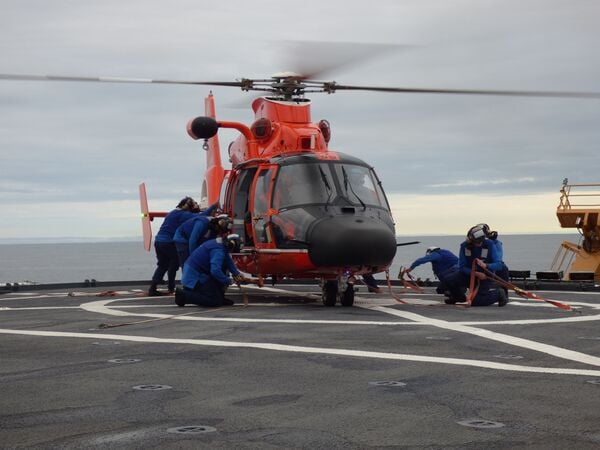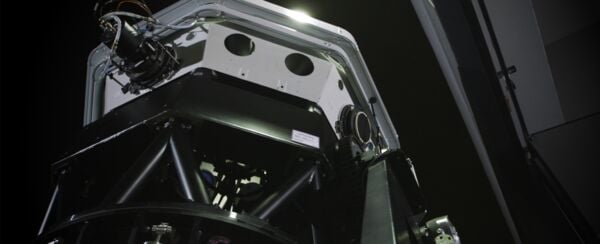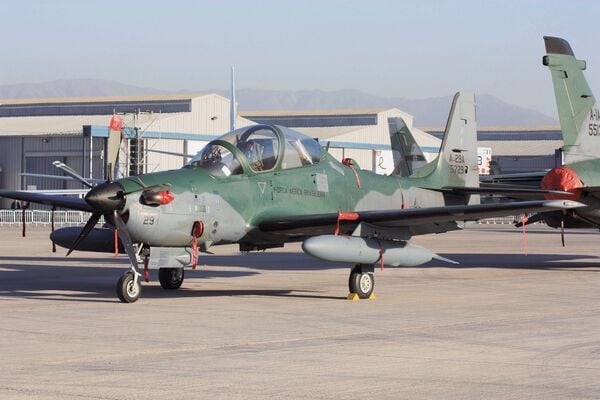- About
- Intara
- Capabilities
- Advisory
- Resources
- News
- Store
Seoul’s ADEX escapes the worst of Covid-19 cancellations
13 October 2021
by Gareth Jennings
As the Seoul International Aerospace and Defence Exhibition 2021 is staged at Seoul Airport on the outskirts of the South Korean capital from 19 to 21 October, Gareth Jennings explores the expected developments at the show…
ADEX, as the event is popularly known, is rapidly becoming one of Asia-Pacific's most influential and prestigious aviation, aerospace and defence events, along with Aero India, Avalon in Australia, the Singapore Air Show, and the China Air Show in Zhuhai in China.
For organisers, the biennial show has been fortunate to escape the worst of the Covid-19 cancellations and postponements that have blighted other similar events over the last couple of years, with the previous ADEX in 2019 having been staged just ahead of the global shutdown, and this latest iteration coming just on the back of it. There will, however, be a reduced international participation at this year’s event as global travel restrictions remain place.
With Covid-19 having also taken the gloss off previously announced defence budget increases (in 2021, nearly USD500 million was shaved off defence expenditure for the year to help pay for the pandemic), South Korea in general and the Republic of Korea Air Force (RoKAF) in particular will be keen to once again being showing their wares to the world at this 14th running of ADEX.
Although the RoKAF has increasingly taken on an expeditionary role in recent years, it remains the threat from North Korea that drives the service's procurement and modernisation plans (for instance). To this end, the RoKAF's acquisition planning is focused primarily on strengthening its air combat capabilities with the latest precision strike and air defence assets, and ADEX will bring the latest news on a planned follow-on buy of the Lockheed Martin F-35A Lightning II Joint Strike Fighter (JSF), as well as latest developments on the KF-21 Boramae (previously known as KF-X) programme in particular.
With a keen focus on military affairs, Janes interconnected intelligence spans across the globe. For those with a particular eye for South Korean aviation, please see below for our latest analysis of the country’s developments….
- ADEX 2021: KF-21 Boramae to take centre-stage (read more)
- ADEX 2021: Uncrewed aircraft to feature strongly in Seoul (read more)
- ADEX 2021: Persistent threat from North Korea drives RoKAF modernisation (read more)
- South Korea to buy 1,000 more UAVs by 2027 (read more)
- South Korea advances space force plans (read more)
- South Korean military to deploy VTOL UAVs for coastal surveillance and reconnaissance (read more)
- South Korea testing several new missiles amid tensions with Pyongyang (read more)
- South Korea to start trial operations of ‘grenade-launching' and ‘small modular' UAVs in 2022 (read more)
- KAI to support Boeing in upgrading RoKAF's E-737 AEW&C aircraft (read more)
- Korean Air begins research on RoKAF-commissioned project to launch space rockets using commercial aircraft (read more)
- Korean Air to bid for second Baekdu ISR project (read more)
US Coast Guard Airbus MH-65s retire from Arctic mission
26 April 2024
by Zach Rosenberg


A Kodiak-based MH-65 trains aboard the USCGC Healy in 2022. (Janes/Michael Fabey)
The last US Coast Guard (USCG) Airbus MH-65 Dolphin in Alaska retired from Air Station Kodiak on 23 April, ending the type's 36-year employment in the service's Alaska Patrol (ALPAT) role.
“For decades, the cutter and helicopter team were the core of the ALPAT mission,” said Commander James Kenshalo, a USCG MH-65 Dolphin pilot. “Together they projected force and protection to the most extreme remote regions of our nation's territories, operating beyond where help could reach.”
Air Station Kodiak operates six Sikorsky MH-60Ts and is scheduled to receive three more in 2025. The service intends to standardise its full rescue helicopter fleet on the MH-60T, which has a longer range, greater payload capacity, and commonality with other armed service fleets. Alaska is among the first regions to complete the transition because of the long ranges required to perform rescue and security missions in the region.
Italy to enhance SSA with new ground-based sensors
26 April 2024
by Olivia Savage


Flyeye is a multiple-optics telescope with a very wide field of view that will be capable of classifying objects in space as small as 15 cm in LEO and 35 cm in MEO. The 6.5 m high and 4 m wide telescope will be used by the Italian Space Agency and military for SSA. (OHB Italia)
The Italian National Armaments Directorate (NAD) is procuring three ground-based sensors to enhance the country's space situational awareness (SSA), Janes learnt at the Military Space Situational Awareness Conference 2024, held in London from 22 to 24 April.
In total, two optical telescopes and one high-performance radar are being procured as part of its national SSA plans, Lieutenant Colonel Ferdinando Dolce, the head of SSA at NAD, said at the conference.
The first sensor being procured is a high-performance optical surveillance telescope from OHB Italia called Flyeye, Lt Col Dolce said.
Flyeye will have the capacity to monitor objects in low Earth orbit (LEO), medium Earth orbit (MEO), and geostationary orbit (GEO), Commander of the Space Situational Awareness Centre at the Italian Air Force Colonel Dario Tarantino told Janes
Brazil to update A-29 Super Tucano aircraft fleet
25 April 2024
by Victor Barreira


A Brazilian Air Force Embraer EMB 314 Super Tucano light attack/counter-insurgency aircraft. The details of Brazil's fleet upgrade are as yet undisclosed. (Janes/Gareth Jennings)
Embraer Defense and Security is to carry out the mid-life upgrade (MLU) of 68 of the EMB 314 (locally designated A-29) Super Tucano training and light attack aircraft of the Brazilian Air Force, the service's commander Lieutenant Brigadier Marcelo Kanitz Damasceno said on 17 April during a presentation to the Brazilian Committee on Foreign Relations and National Defense.
The MLU is intended to extend the lifespan of the aircraft by up to 25 years, Lt Brig Damasceno said, and follows a June 2023 agreement between Embraer and the Brazilian Air Force to study a technological refresh of the Super Tucanos, although details were not disclosed.
Brazil purchased 25 A-29A and 51 A-29B aircraft in 2001, adding eight A-29As and 15 A-29Bs in 2005. The fleet was received between 2003 and 2012.
For more information, please seeEmbraer sees market for 490 Super Tucanos .
As the Seoul International Aerospace and Defence Exhibition 2021 is staged at Seoul Airport on the o...
Latest Podcasts
Iran Israel analysis
In this podcast Janes analysts discuss the Iranian attacks on Israel on the 14 April. They highlight the military systems used by Iran and the performance and impact of these on Israel. They also discuss the implications of this attack goi...
Listen nowJanes Case Studies
Using Janes Intara to build a common intelligence picture: Russian build up on the Ukrainian border
View Case StudyNews Categories
 Defence Details
Defence Details